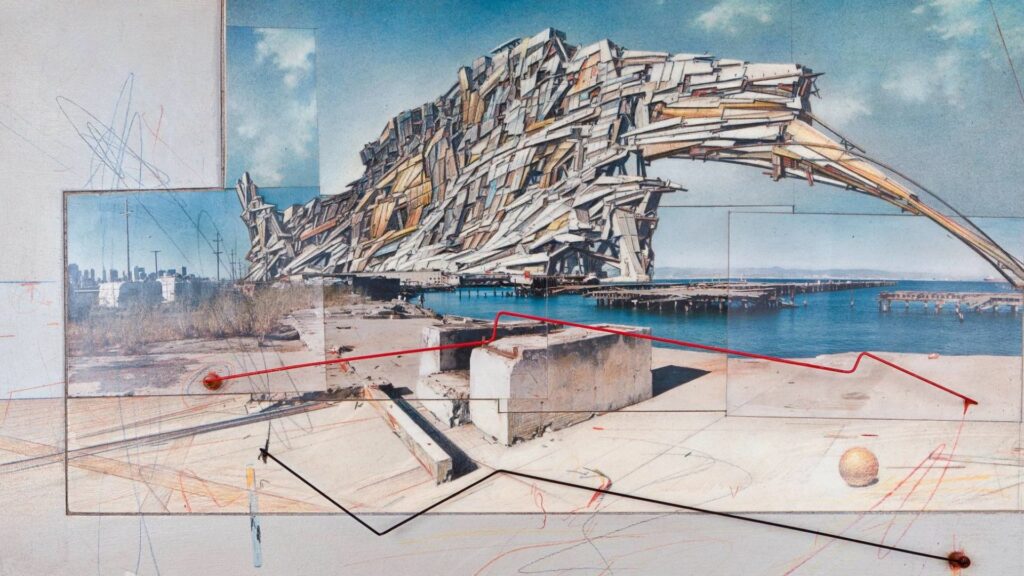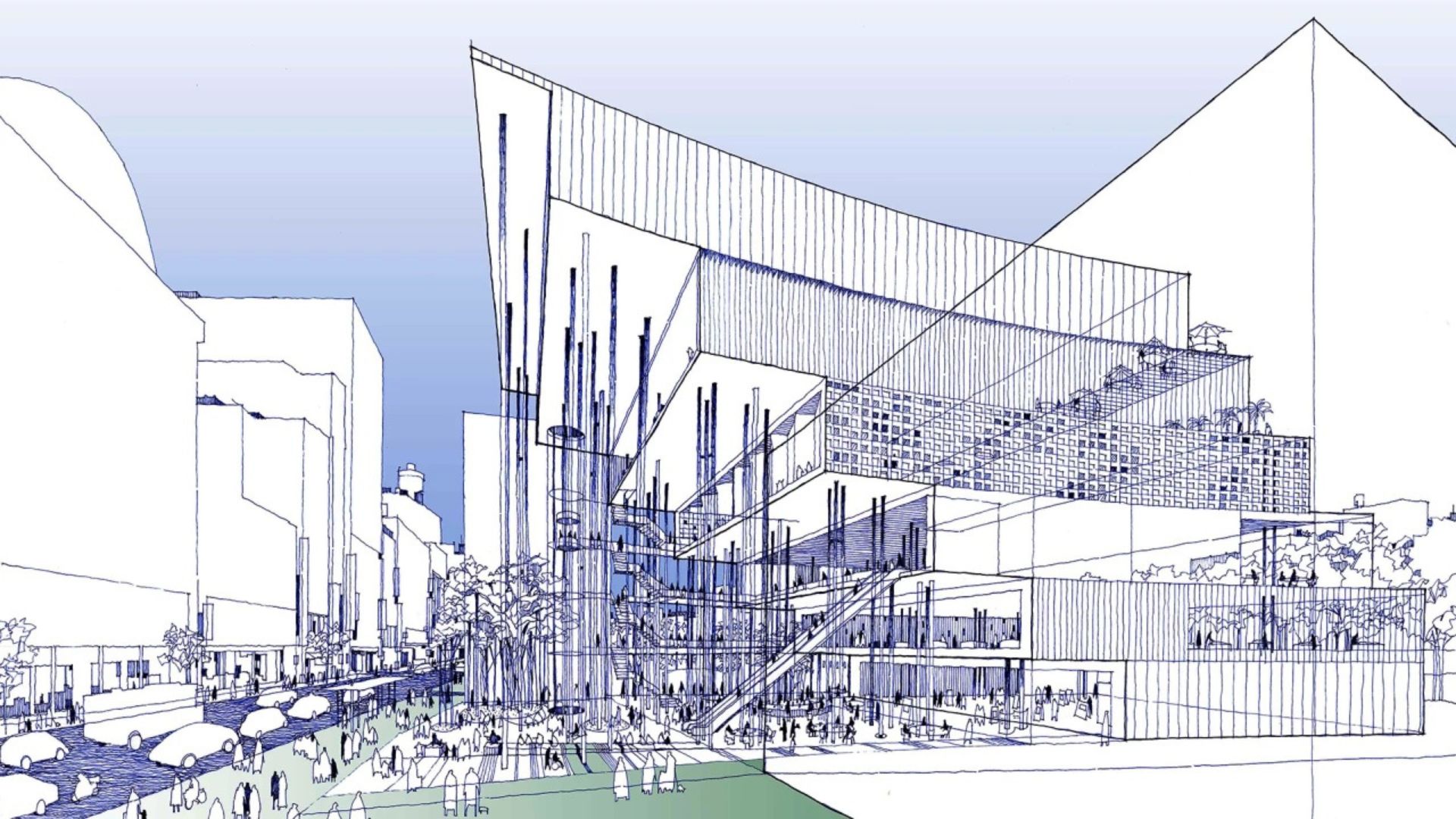Architectural drawing is an essential aspect of the design process, embodying the creative vision of architects. The art of architectural drawing encompasses various techniques and inspirations that shape the built environment. Through meticulous drafting and illustration, architects transform abstract ideas into tangible blueprints for construction.
Exploring Traditional Drawing Techniques
Traditional architectural drawing techniques have been practised for centuries, serving as the foundation of architectural design. Moreover, these techniques, including freehand sketching and technical drafting, enable architects to express their ideas with precision and clarity. Through hand-drawn renderings, architects capture the essence of a design concept, conveying spatial relationships and design details with artistic flair.

Embracing Digital Drawing Tools
In recent years, digital drawing tools have revolutionized the architectural drawing process, offering architects new avenues for creativity and efficiency. Digital software, such as AutoCAD and Adobe Illustrator, provides architects with powerful tools for drafting, rendering, and visualization. With the ability to manipulate virtual models and produce photorealistic renderings, architects can explore design iterations rapidly and communicate ideas with unprecedented clarity.
Drawing Inspiration from Architectural Masters
Architectural drawing is not only a technical skill but also an art form that draws inspiration from architectural masters throughout history. Studying the works of renowned architects such as Frank Lloyd Wright, Le Corbusier, and Zaha Hadid provides architects with insights into composition, form, and spatial organization. By understanding the principles underlying iconic architectural drawings, architects can cultivate their unique drawing style and creative expression.
Incorporating Mixed Media and Collage
Fostering Collaboration through Drawing Workshops
Architectural drawing workshops provide architects with opportunities to collaborate, exchange ideas, and refine their drawing skills in a supportive environment. Additionally, these workshops often involve live sketching sessions, group critiques, and hands-on exercises designed to stimulate creativity and innovation. By engaging in collaborative drawing activities, architects can gain new perspectives, experiment with different techniques, and enrich their design process.
Pushing the Boundaries of Architectural Representation
Conclusion
In conclusion, the art of architectural drawing is a multifaceted discipline that blends creativity, technique, and inspiration to communicate architectural ideas effectively. Additionally, whether through traditional hand-drawn sketches, digital renderings, or experimental mixed media compositions, architects use drawing as a powerful tool to envision, explore, and communicate their design concepts. By honing their drawing skills and drawing inspiration from architectural masters, architects can elevate their craft and leave a lasting impact on the built environment.
